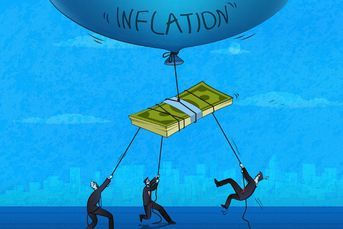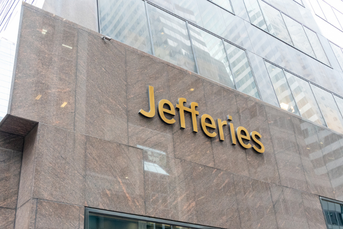Treasury market pummeled in its worst January since 2009
'Melt-up' of yields pushes 10-year to 2.74%, its highest level since 2014
The U.S. Treasury market is delivering investors a loss of historic proportions to start 2018.
The Bloomberg Barclays U.S. Treasury Index was down 1.42% through Jan. 30. It’s on track for the worst start to a year since January 2009, when traders were bracing for a ramp up in government borrowing to combat the recession. It would also be the biggest setback for any month since November 2016.
Ten-year yields have surged about 33 basis points in January, reaching 2.74%, the highest level since 2014. Part of the spike came as traders anticipated more supply to accommodate a growing budget deficit and the Federal Reserve’s move to shrink its balance sheet. The Treasury fulfilled those expectations Wednesday, announcing plans to boost auction sizes.
“What we’ve been witnessing is a melt-up of Treasury yields,” said Charles Ripley, investment strategist and fixed-income portfolio manager at Allianz Life Insurance Co.
“It’s a supply story supported by fundamentals at home and abroad, at a time when the largest buyer is pulling back,” he said, referring to the Fed.
(More: The good — but mostly bad — of rising interest rates)
The U.S. central bank isn’t alone in removing accommodation. The European Central Bank has reduced its monthly asset-purchase target and hasn’t decided whether to extend buying after September.
The sell-off has been driven primarily by expectations and sentiment rather than evidence of above-trend economic growth or higher inflation, said Kevin Flanagan, senior fixed-income strategist at WisdomTree Asset Management.
“You’re still not looking at any groundbreaking, fresh news developments” on the economic front, he said.
And it remains to be seen whether the forces that have kept yields low — buyers of the spread between Treasury and euro-zone yields and pension-fund appetite for duration — will re-emerge as the 10-year approaches 3%, he said.
In the view of Bank of America Corp., bigger deficits and increased spending by companies will drive the next phase of the selloff. For Goldman Sachs, the impetus for higher yields will come from global growth dynamics.
The Bloomberg Barclays U.S. Treasury Index lost 2.67% in November 2016 after Donald Trump’s election victory unleashed a surge in inflation expectations. It tumbled 2.92% in January 2009, when yields were rebounding from their then-record lows set during the financial crisis.
U.S. investment-grade corporate bonds have also suffered this month, a Bloomberg Barclays index of high-quality company bonds falling 1.12%. U.S. junk bonds have done better, gaining 0.55%, while the S&P 500 returned 5.67% in the month through Jan. 30, once dividends are factored in.
(More: Former Fed chairman Alan Greenspan sees bubbles in stocks and bonds)
Learn more about reprints and licensing for this article.








